Apple Notes Review: Can It Compete with the Best?
Apple Notes, available on iPhone, iPad, and Mac, may seem basic at first glance, but it has evolved significantly. Can it replace apps like Evernote or Notion? Let’s explore its features to see if it’s the right note-taking tool for you. Discover how Apple Notes stacks up against popular alternatives in terms of functionality and usability.
What is Apple Notes?
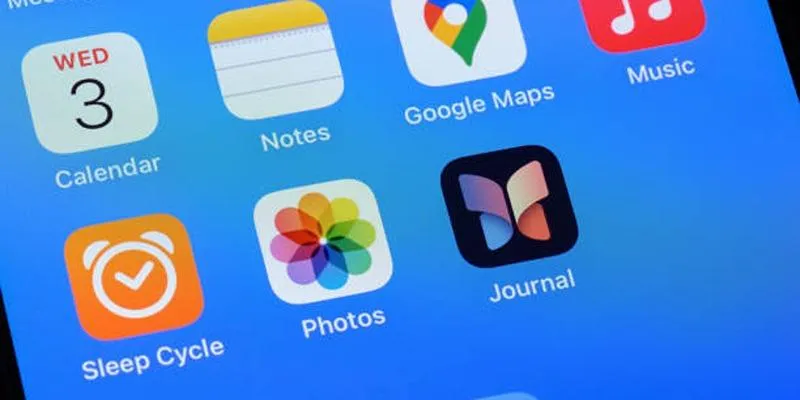
Apple has developed Apple Notes as a free way to take notes on your device. This app is preloaded on every iOS and macOS device, so you won’t have to install anything or spend money to start using it. It makes it easy for you to record your ideas, list your tasks, store websites, scan documents, and create drawings.
User Interface and Ease of Use
Using Apple Notes is straightforward and it integrates seamlessly with the rest of the Apple ecosystem.
Simple and Clean Design
Organizing notes with Apple Notes is simple because the app is very user-friendly. The user interface includes folders alongside notes, allowing you to keep all your notes organized and to highlight the most important ones by pinning them to the top. The organized structure offers a refreshing change for those who appreciate a clean document environment.
Quick Access and Sync
One of the best features of Apple Notes is its speed. You can swipe down on your iPhone screen, open Notes, and start typing in just seconds. All your notes sync across your Apple devices using iCloud, meaning you can start a note on your iPhone and finish it on your Mac without missing a beat.
Key Features of Apple Notes
Here are some standout features that make Apple Notes a powerful and versatile tool for note-taking.
1. Rich Text and Formatting Options
You can format your text using bold, italics, underlines, headings, bullet points, and numbered lists. You can also insert tables, checklists, images, and sketches, making Apple Notes flexible for different types of writing.
2. Search Function
Apple Notes comes with a strong search function. You can search for any word or phrase across all your notes. It even detects text in images using OCR (optical character recognition), so even handwritten notes or scanned documents are searchable.
3. Collaboration Tools
You can share any note or entire folders with other people. They can view or edit the notes depending on the permission you give. This is useful for shared shopping lists, work projects, or event planning.
4. Tags and Smart Folders
Recent updates allow users to add hashtags to notes. You can also create Smart Folders that automatically gather notes based on specific tags, helping manage large collections of notes more efficiently.
5. Lock Notes with a Password or Face ID
If you want to keep certain notes private, you can lock them using a password or Face ID. This adds an extra layer of security, especially if you store sensitive information.
6. Scanning Documents
Apple Notes lets you scan documents using your camera and automatically cleans up the image. You can sign documents with your finger or Apple Pencil, which is great for keeping digital copies of paper files.
How Does Apple Notes Compare to Other Apps?
Apple Notes stands out among other note-taking apps due to its seamless integration with the Apple ecosystem and robust features.
Apple Notes vs. Evernote
Evernote is known for its powerful organization system and advanced features. However, the free version of Evernote comes with limits on device syncing and storage. Apple Notes, on the other hand, offers unlimited syncing across all Apple devices for free. For basic to intermediate needs, Apple Notes might be a better value.
Apple Notes vs. OneNote
Microsoft OneNote is more flexible in terms of layout, allowing users to place text boxes, images, and drawings anywhere on a page. But that freedom can feel a bit messy for some users. Apple Notes offers a more structured and straightforward approach, which many find easier to manage.
Apple Notes vs. Notion
Notion is very powerful for project management and database creation but has a learning curve. Apple Notes doesn’t offer those advanced functions, but it’s much easier to use for quick notes and everyday tasks.
Pros and Cons of Apple Notes
Apple Notes offers a blend of simplicity and functionality, but like any tool, it comes with its own advantages and limitations.
Pros
- Free and pre-installed on all Apple devices
- Fast syncing with iCloud
- Simple interface
- Great for quick notes and checklists
- Supports tags and Smart Folders
- Document scanning and markup features
Cons
- Only available on Apple devices
- Limited formatting compared to apps like Notion or Word
- Lacks advanced project management features
- No offline web access on non-Apple devices
Best Use Cases for Apple Notes
Apple Notes is a versatile and user-friendly app that caters to a wide range of note-taking needs. Its straightforward design and seamless integration with Apple devices make it ideal for both personal and professional use.
Students
Apple Notes is perfect for students who need to take lecture notes, create to-do lists, and store images of handwritten assignments. Features like checklists and folders help them stay organized.
Professionals
Many professionals use Apple Notes to keep track of meetings, scan documents, and jot down ideas during work. The ease of syncing across devices makes it handy for both office and remote work.
Creatives
Writers, artists, and designers often use Apple Notes to capture quick ideas, sketches, or even voice memos. It’s also a great place to store inspirational quotes, references, and images.
Tips for Getting the Most Out of Apple Notes
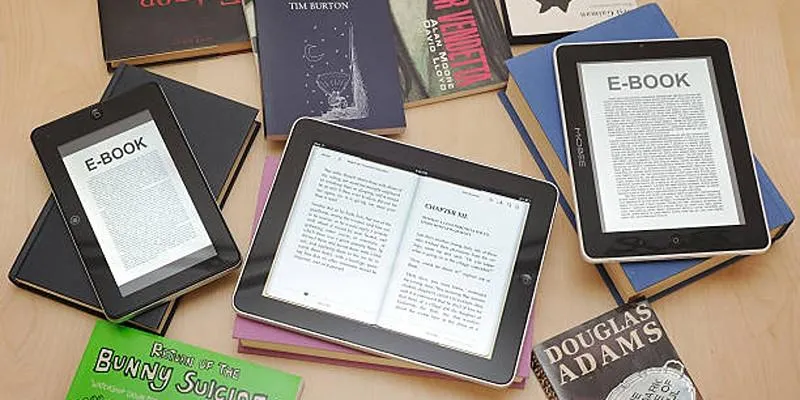
Here are some practical tips to help you maximize your productivity with Apple Notes. Whether for work, school, or personal projects, these strategies can streamline your note-taking experience.
Use Tags for Organization
Add tags like #work, #school, or #ideas to your notes. This helps you find related content quickly and keeps your notes system tidy.
Scan Important Papers
Use the document scanner to store copies of your ID, receipts, or contracts. You can sign and annotate them directly inside the app.
Pin Important Notes
Pin your most-used notes to the top of your list so you can access them without scrolling through everything.
Share and Collaborate
If you’re planning an event or working on a shared task, invite others to edit the same note. You’ll all stay on the same page.
Final Verdict
Apple Notes is a solid contender in the note-taking world, especially for those in the Apple ecosystem. While it may not have every feature, it excels at covering the essentials. It’s fast, secure, and seamlessly integrates with Apple devices. If you’re using an iPhone, iPad, or Mac, it’s worth trying Apple Notes before paying for another app—you might be surprised by its capabilities.
Related Articles
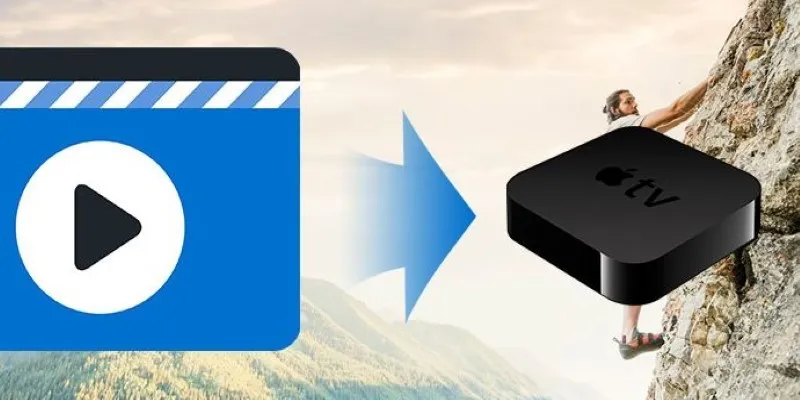
The Easiest Way to Convert Video to Apple TV: Free, Paid, and Online Options
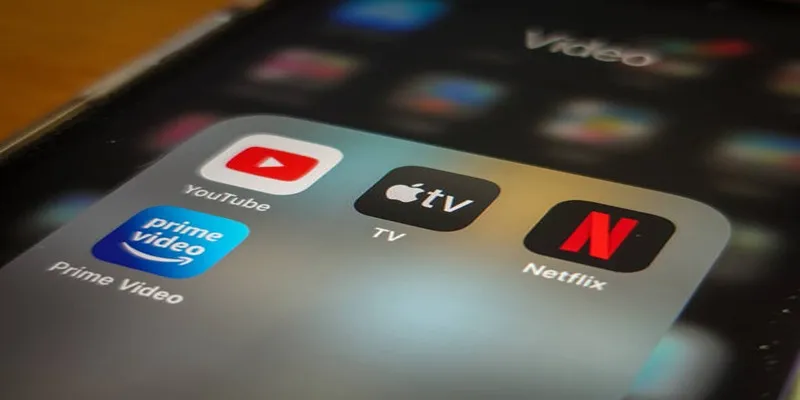
How to Turn On Subtitles on Apple TV Quickly
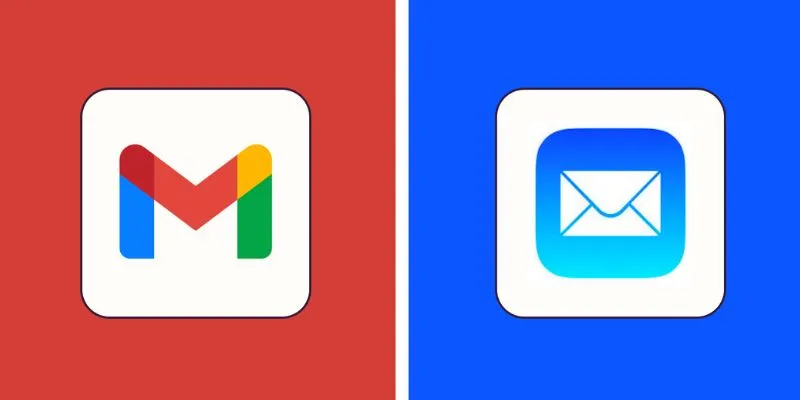
Gmail vs Apple Mail: Which is the Best Choice for You in 2025
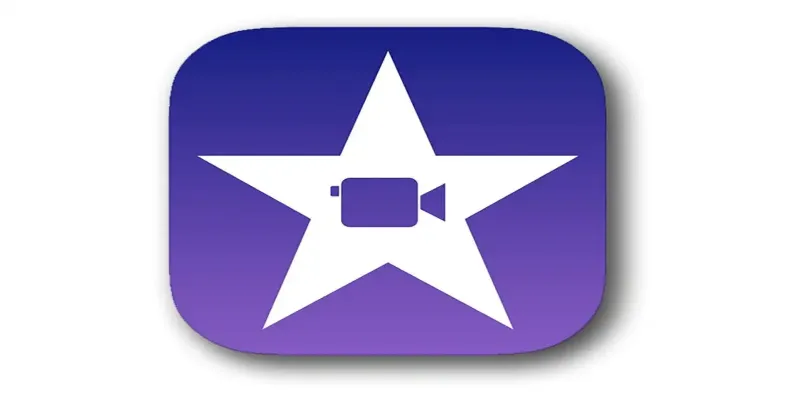
Mastering iMovie: Quick, Clean Video Editing for Every Apple Device

Streamlining MXF to Apple ProRes Conversion
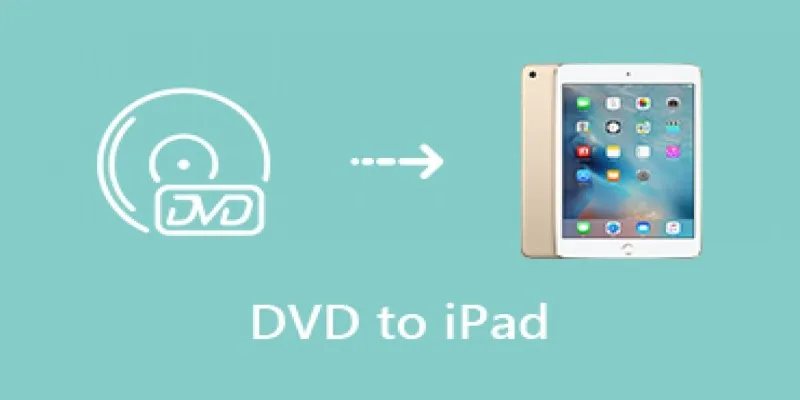
Transfer Your Homemade DVDs to Apple Devices

Best Music Streaming Apps Besides Spotify in 2025
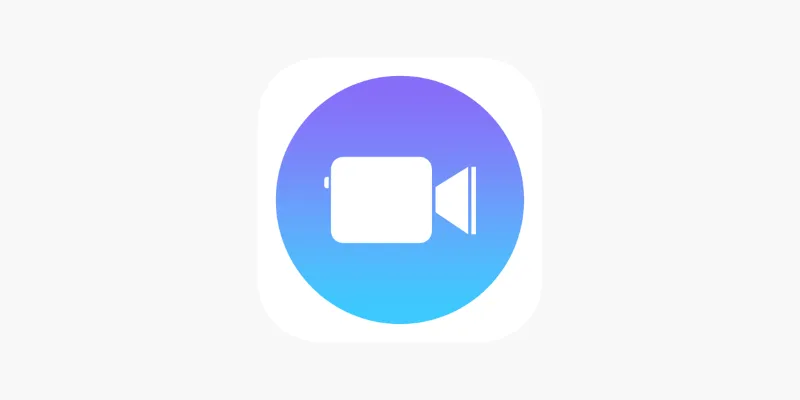
Apple Clips Review: A Simple and Fun Way to Create Expressive Videos
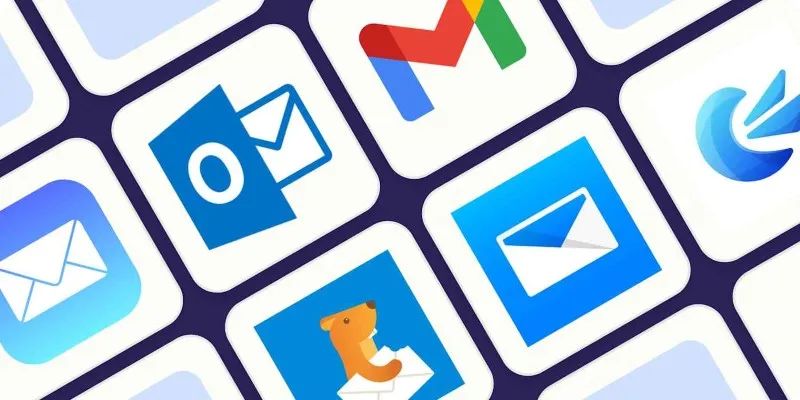
The 8 Best Email Apps for iPhone in 2025 to Keep You on Top of Things
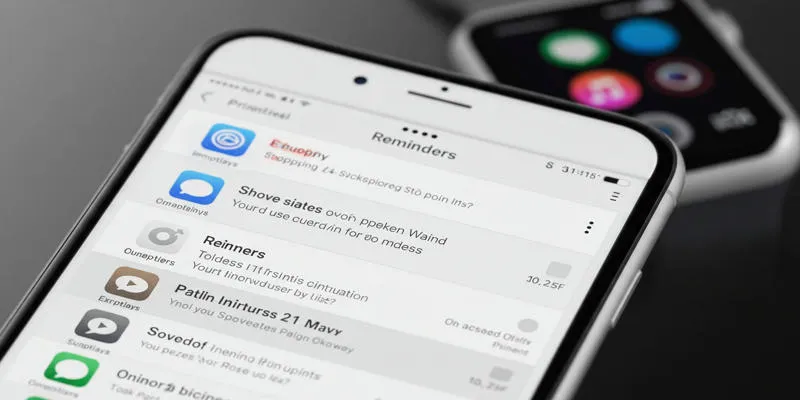
Syncing Apple Reminders with Microsoft To Do

The Best Dictation Software: Transforming How You Work and Communicate
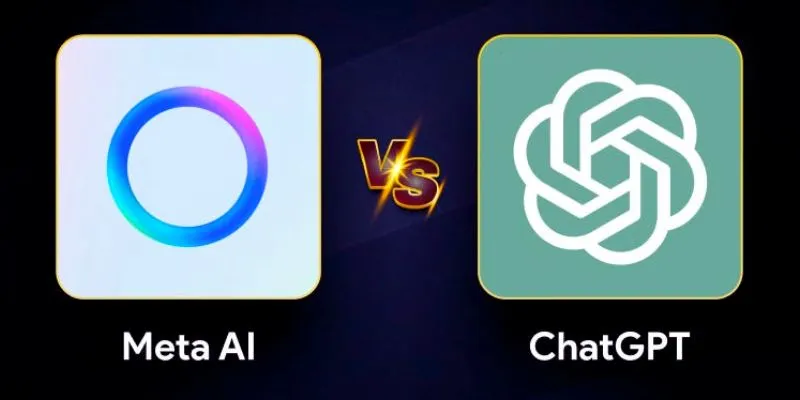
Meta AI vs. ChatGPT: Key Differences and Which Is Better for You
Popular Articles

Best Linux Tools for Creating and Managing Storyboards
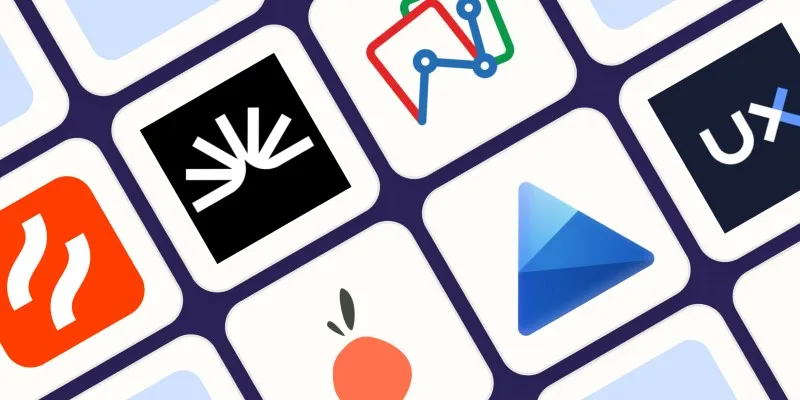
The 6 Best Session Replay Tools in 2025 to Optimize Your User Experience
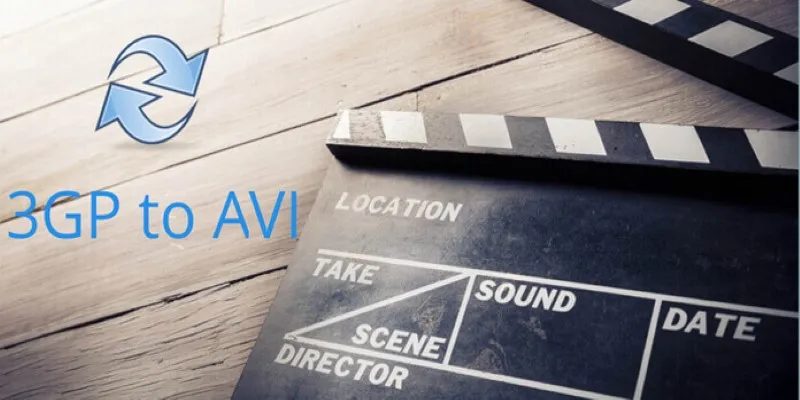
How to Convert 3GP to AVI for Free Without Losing Speed or Quality

What Is the Best Cap Table Management Software for Startups?

How to Create a Video Slider in WordPress (Easy Tutorial for Beginners)

Best Video Management Tools to Organize Your Library

The 8 Best Note-Taking Apps for iPad: Stay Organized and Boost Productivity
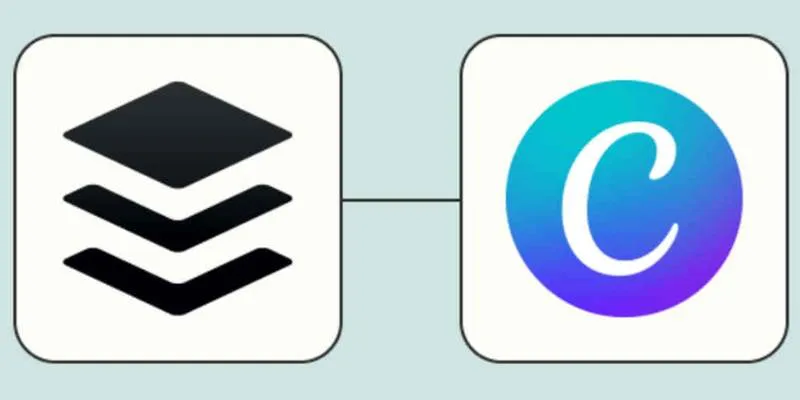
How to Design Social Media Graphics in Buffer Using Canva: A Step-By-Step Guide

WhatsApp Now Lets You Block Chat Exports: Everything You Need To Know

KDE Plasma 6.4 Introduces New UI Tweaks, Wayland Boosts and More

10 Best Apps to Bill Your Customers on Time: A Comprehensive Guide

 mww2
mww2